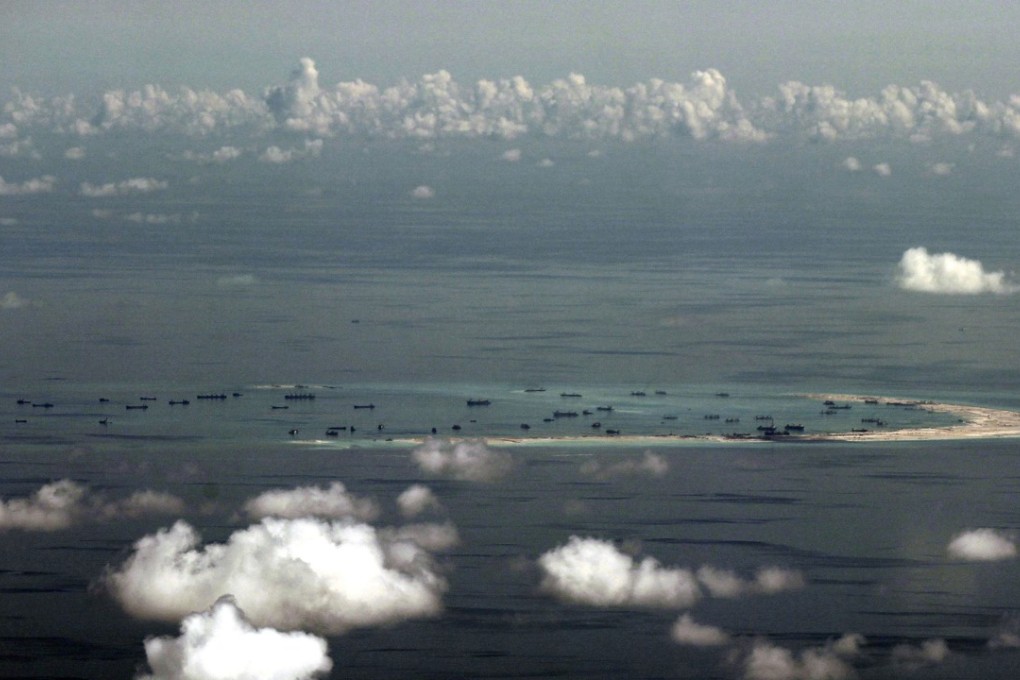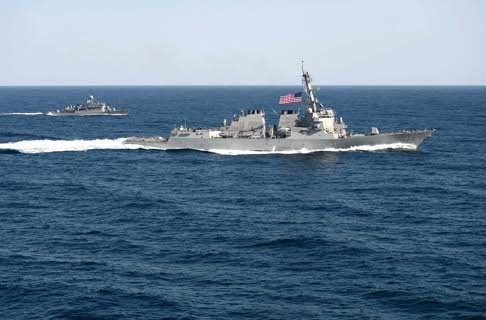Is the US gearing up for a direct challenge to Beijing’s sovereignty claims in the South China Sea?
Mark Valencia says a follow-up freedom of navigation operation by the US Navy may well happen soon, but Washington must take into account the legal and political implications, as well as Beijing’s reaction to any ‘provocation’

Last October 27, the destroyer USS Lassen carried out a “freedom of navigation operation” in the South China Sea. It was rather a long time in coming, as the wisdom of doing so was hotly debated between the US Defence Department and the White House national security team.
It was purportedly intended to challenge China’s maritime claims there. But its execution was muddled and the message ambiguous. There is mounting domestic pressure in the US to follow it up with a clear challenge to China’s claims. But there is also mounting domestic pressure in China to respond to any further US “provocations”. So what is likely to happen next and what are the legal and political considerations?

Nearly two months passed after the Lassen incident before US defence secretary Ashton Carter responded to a letter from Senator John McCain, chairman of the US Senate Armed Services Committee. Carter’s reply was incomplete – it did not answer McCain’s first question: “Under the freedom of navigation programme, what excessive claims was the Lassen operation intended to challenge?”

Neither China nor Vietnam have specified their claims or baselines for territorial seas in the Spratlys
But the US defence department reckoned that Sand Cay – which is occupied by Vietnam but claimed by China (and the Philippines) – may be entitled to a 12-nautical-mile territorial sea, and the sovereign over Sand Cay could use Subi Reef as a base point, because Subi is within 12 nautical miles of the cay. So the freedom of navigation operation could be interpreted as primarily directed at Vietnam. Vietnam requires prior notification for foreign warships to enter its territorial sea. Further complicating the issue, neither China nor Vietnam have specified their claims or baselines for territorial seas in the Spratlys.